

 Business continuity is more than just backups or disaster recovery. Business Continuity refers to an organization's ability to maintain critical business functions and resume normal operations with minimal disruption during a crisis. It involves developing processes ahead of time to ensure availability during unexpected or planned disruptions to normal operations. Business continuity is essential for resilience, allowing organizations to effectively respond to incidents such as natural disasters or cyber attacks.
Business continuity is more than just backups or disaster recovery. Business Continuity refers to an organization's ability to maintain critical business functions and resume normal operations with minimal disruption during a crisis. It involves developing processes ahead of time to ensure availability during unexpected or planned disruptions to normal operations. Business continuity is essential for resilience, allowing organizations to effectively respond to incidents such as natural disasters or cyber attacks.
Two important metrics -- RTO (recovery time objective) and RPO (recovery point objective) -- are essential when developing data backup and recovery plans, as well as data storage, business continuity, technology disaster recovery and operational resilience plans.
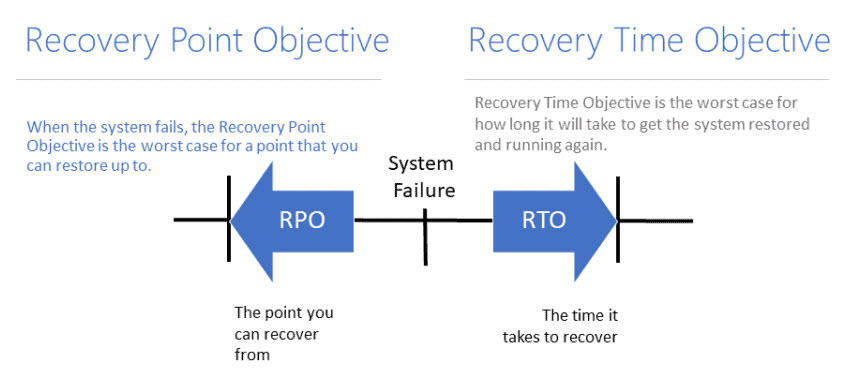
A recovery time objective (RTO) specifies the amount of time from the occurrence of a disruptive event to when the affected resource must be fully operational and ready to support the organization's objectives. Put simply: how long can our business function due to an outage?
There's no mathematical formula or "one-size-fits-all" approach for calculating an RTO that works for every company. Figuring out an optimal recovery time frame starts with an in-depth risk and business impact analysis (BIA) that examines each asset's unique traits, including:
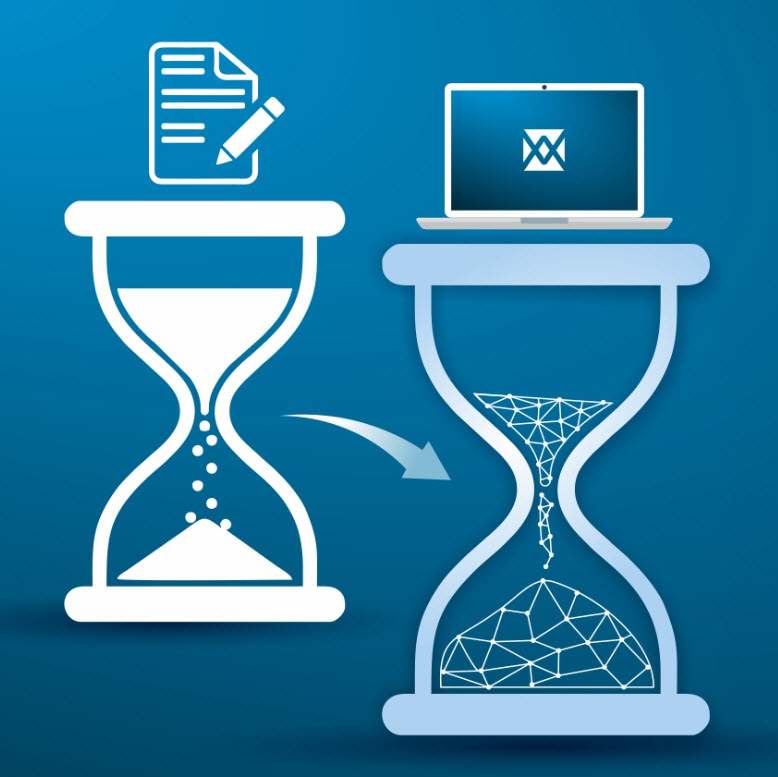

The recovery point objective (RPO) is the maximum amount of data a company is willing to lose during an incident. Teams measure RPOs in hours or minutes since the last working data backup. Once the RPO period passes in a disaster scenario, the quantity of lost data exceeds the maximum allowable threshold.
For example, if a system has an RPO of 3 hours, the team must have a working copy of data not older than 3 hours at all times. In case of a disaster, the affected system can lose up to 3 hours' worth of data without causing long-term issues.
Similar to RTOs, there are no go-to formulas for determining an RPO that work for every company. Figuring out RPOs requires an in-depth analysis of each data set. Here are the primary factors:
Most companies back up their data at a fixed interval (once an hour, a day, a week, etc.). Here are the four most common RPO time frames and a few usual use cases:
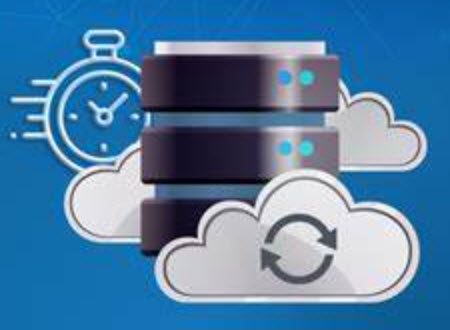
Most data sets that do not fall under one of the categories above require weekly backups. You have two options when choosing how to back up your data:
My IT Team provides off-site backup storage in the Azure region closest to your business's primary location.
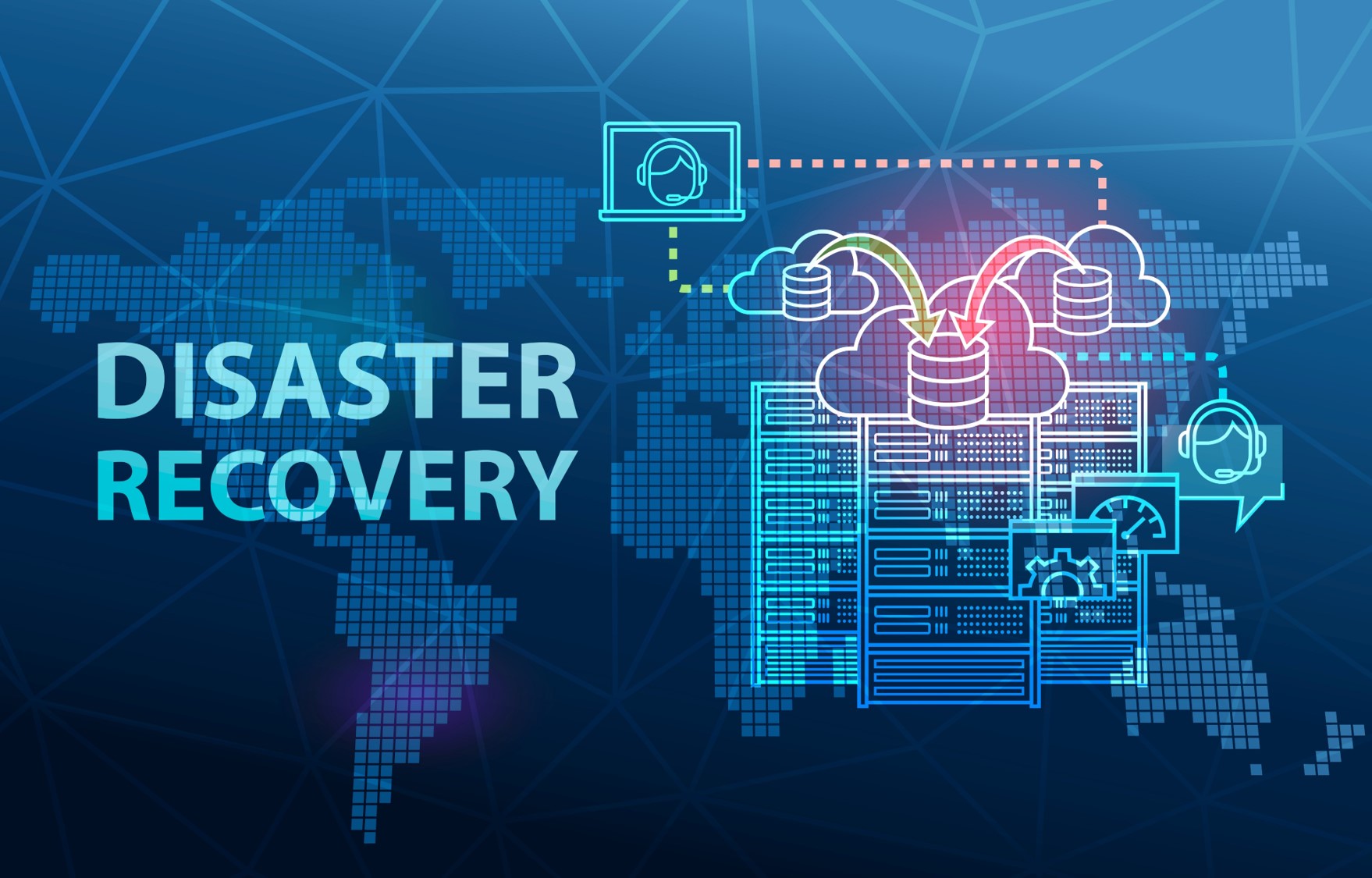
We leverage a secure Microsoft Azure tenant space to configure and mirror your current disaster recovery (DR) network so you only pay for when you need it. And you own this Azure tenancy, which means your DR environment is 100% portable and you have total ownership over who supports it.
Our Disaster Recovery solutions are designed to do more than protect your data—they protect your business continuity, reputation, and resilience. Safeguard your organization and ensure business continuity. Get Started Today
|
Initial Evaluation |
Migration |
Security Configuration Standards |
|---|---|---|
| We assess your current environment to create a detailed, custom analysis to properly size and configure your DR environment. This also tells you how much you’ll save when you move your DR to the public cloud with us. | Your DR environment shouldn’t be any less secure than production. We implement Azure security recommendations, NIST standards, and our own security principles when configuring your environment. | Our engineers employ industry-leading proven methodologies and platforms to seamlessly expedite your data migration to your new DR location in the public cloud with no disruption, loss, or hassle to you and your team. |
|
Replication & Support |
Recovery Plan Testing |
|
| We monitor your DR environment 24x7x365 to ensure everything is maintained to approved Recovery Point Objective times. To guarantee proper operations, we also perform a monthly governance process. | Our annual full DR tests verify your systems and failover process. We record and maintain this process in a shared location for joint access. Then our engineers continue this cycle throughout our partnership. |
The chaos of losing critical business data is a growing risk. Ransomware attacks alone cost businesses an average of $4.54 million per breach in 2023. Without a data backup strategy, business risk downtime, financial loss, and compliance failures.
My IT Team’s cloud-based backup solutions protect your business with secure, scalable, and compliance-ready data protection.
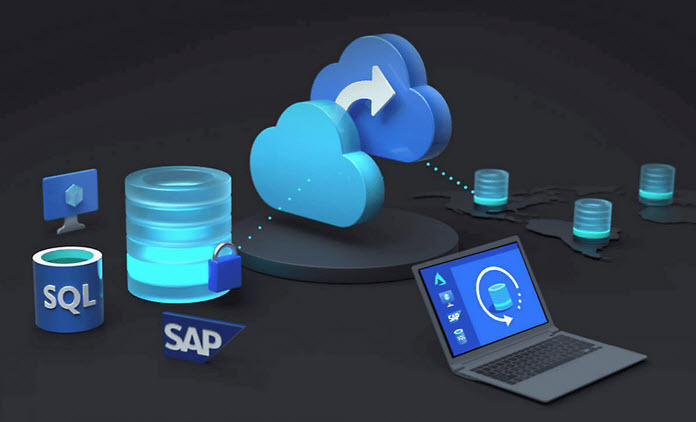 My IT Team's Cloud Backup and Azure-powered solutions provide secure, and scalable Backup as a Service (BaaS) options to protect your mission critical workloads:
My IT Team's Cloud Backup and Azure-powered solutions provide secure, and scalable Backup as a Service (BaaS) options to protect your mission critical workloads:
Minimize downtime, optimize costs, and ensure compliance – without putting extra strain on your IT team.
 Cloud Connect is a managed backup solution that uses Microsoft's Azure Backup Service (MABs) to move backup copies offsite to your secure cloud subscription. You control the backup schedules, retention policies, and recovery processes. We provide the backend platform, 24/7 support, and monitoring of our storage environment to ensure availability and performance.
Cloud Connect is a managed backup solution that uses Microsoft's Azure Backup Service (MABs) to move backup copies offsite to your secure cloud subscription. You control the backup schedules, retention policies, and recovery processes. We provide the backend platform, 24/7 support, and monitoring of our storage environment to ensure availability and performance.
Set it up in minutes and start replicating data securely over an encrypted SSL connection.
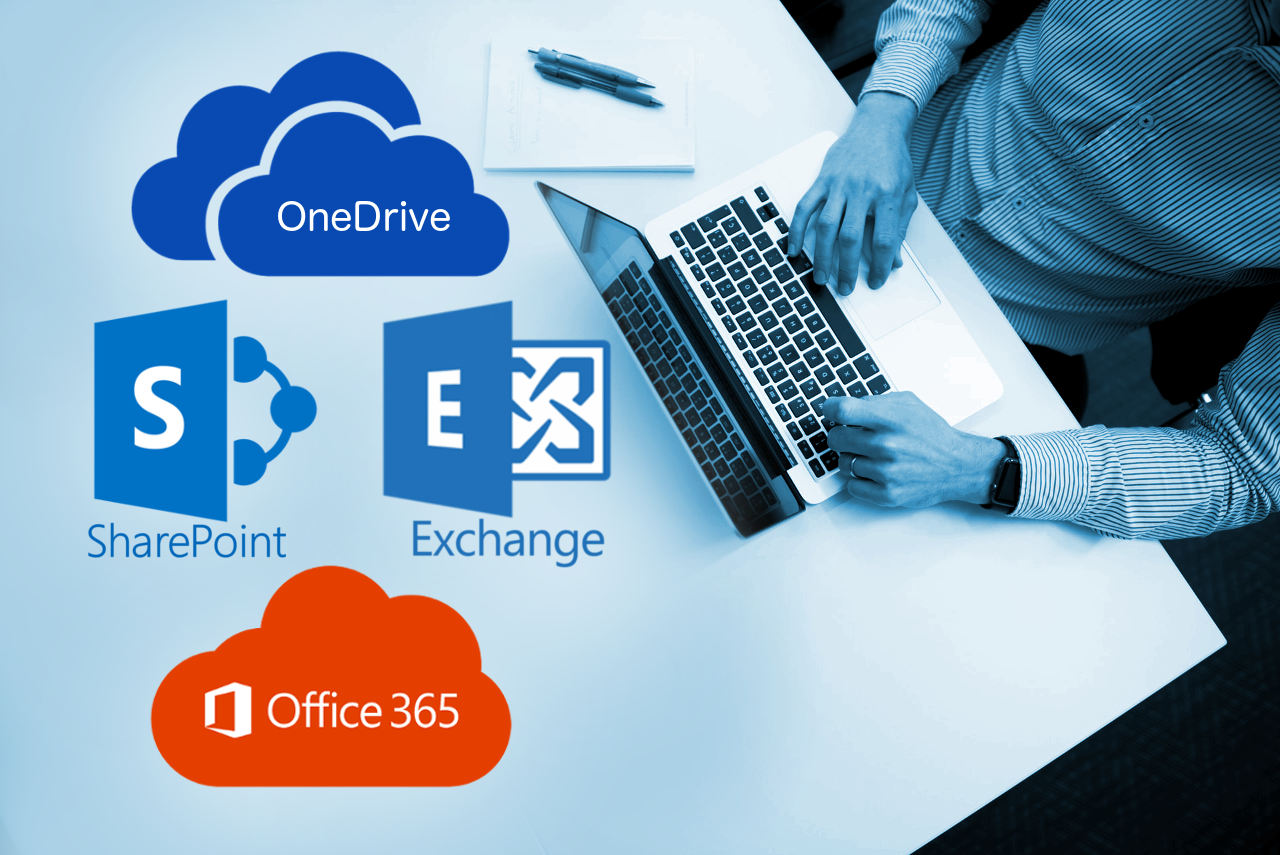 Our Microsoft 365 (M365) Backup Solution provides an unmatched combination of protection, flexibility, and ease of use. Going beyond the normal Microsoft 365 retention terms, My IT Team delivers M365 backup solutions tailored to your unique needs.
Our Microsoft 365 (M365) Backup Solution provides an unmatched combination of protection, flexibility, and ease of use. Going beyond the normal Microsoft 365 retention terms, My IT Team delivers M365 backup solutions tailored to your unique needs.
Backups for Popular Microsoft 365 Services:
